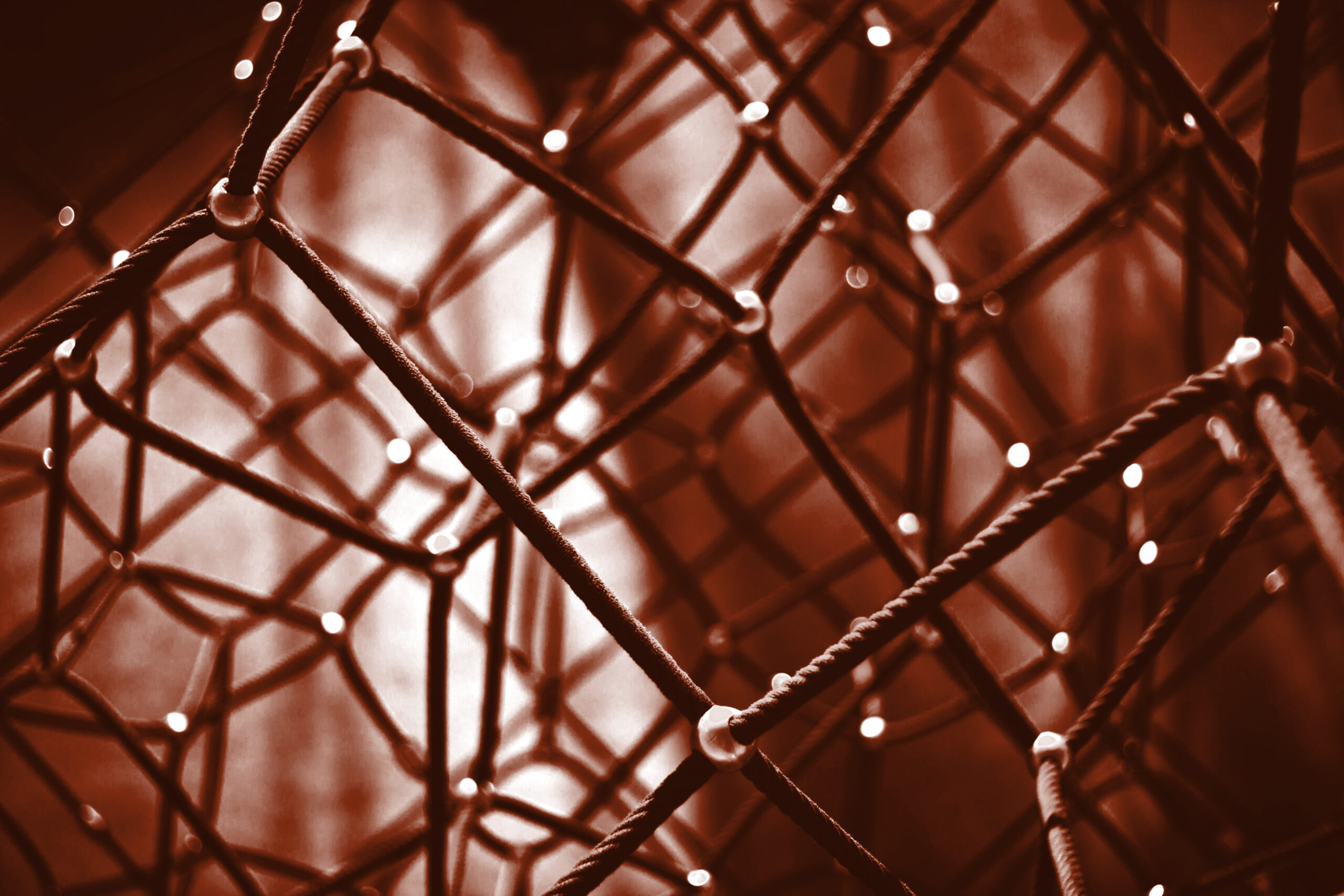

Corporate data can be a huge strategic asset. However, the sheer volume and different types of data can make analysing and using it to make better operational decisions extremely challenging.
Not only is the amount of data accessible to organisations increasing all the time, but the types of data can vary hugely. Data spread across multiple silos, for example in ERP and payroll systems, makes the efficient collection, aggregation, and analysis of data expensive and time-consuming.
Data quality, as well as quantity, is also likely to be a challenge for those looking to harness its value. Data in organisation will never be 100% accurate. Databases can and often do contain the wrong information, house duplicates and contain contradictions. This is problematic as it’s unlikely that data of inferior quality can bring any useful insights or unearth opportunities for the rigorous and precise demands of business analysis. Organisations need to ensure that any analysis is based on robust, good-quality data.
Fortunately, as technology evolves, the insights that are hidden in all types of data are becoming more accessible. The Knowledge Graph, in particular, helps to resolve many of these challenges by combining and uncovering connections across silos of information so data can be analysed in a meaningful and more intelligent way.
When it comes to a simple definition for a Knowledge Graph, unhelpfully, definitions vary. We like to think of Knowledge Graphs as rigorous digital mind-maps, connecting data from otherwise siloed sources and capturing the relationships between different objects and data points. Knowledge Graphs integrate data across the whole organisation to show the context and connections within information much faster than any traditional database. This supports complex decisions and also forms the foundation for potentially game-changing AI technologies.
This might sound highly remote and very complex, but for the past decade, the Knowledge Graph has already been part of our daily lives. For example, Alexa, Siri, or Google Assistant all use Knowledge Graphs. For businesses, Knowledge Graphs use AI and graph technologies to analyse structured and unstructured data, which is then served up visually, providing context and highlighting complex relationships between data entities.
The potential for Knowledge Graphs to revolutionise the way we use data is enormous. In audit, for example, they are already being used to great effect in fraud detection where they can not only rapidly uncover and detect fraud, but they can also unlock hidden risks in data so faster decisions can be made. They can detect anomalies, make sense of huge data volumes and discover the most valuable links and relationships to fully understand the context.
A connected enterprise is one where data, no matter where it is stored, is connected so that all parts of the enterprise can make decisions based on knowledge. Put simply, Knowledge Graphs are the secret sauce, making this happen and powering the connected enterprise. It is hard to overstate how impactful their wider use is going to be.
*First published as an article in Digital Bulletin.